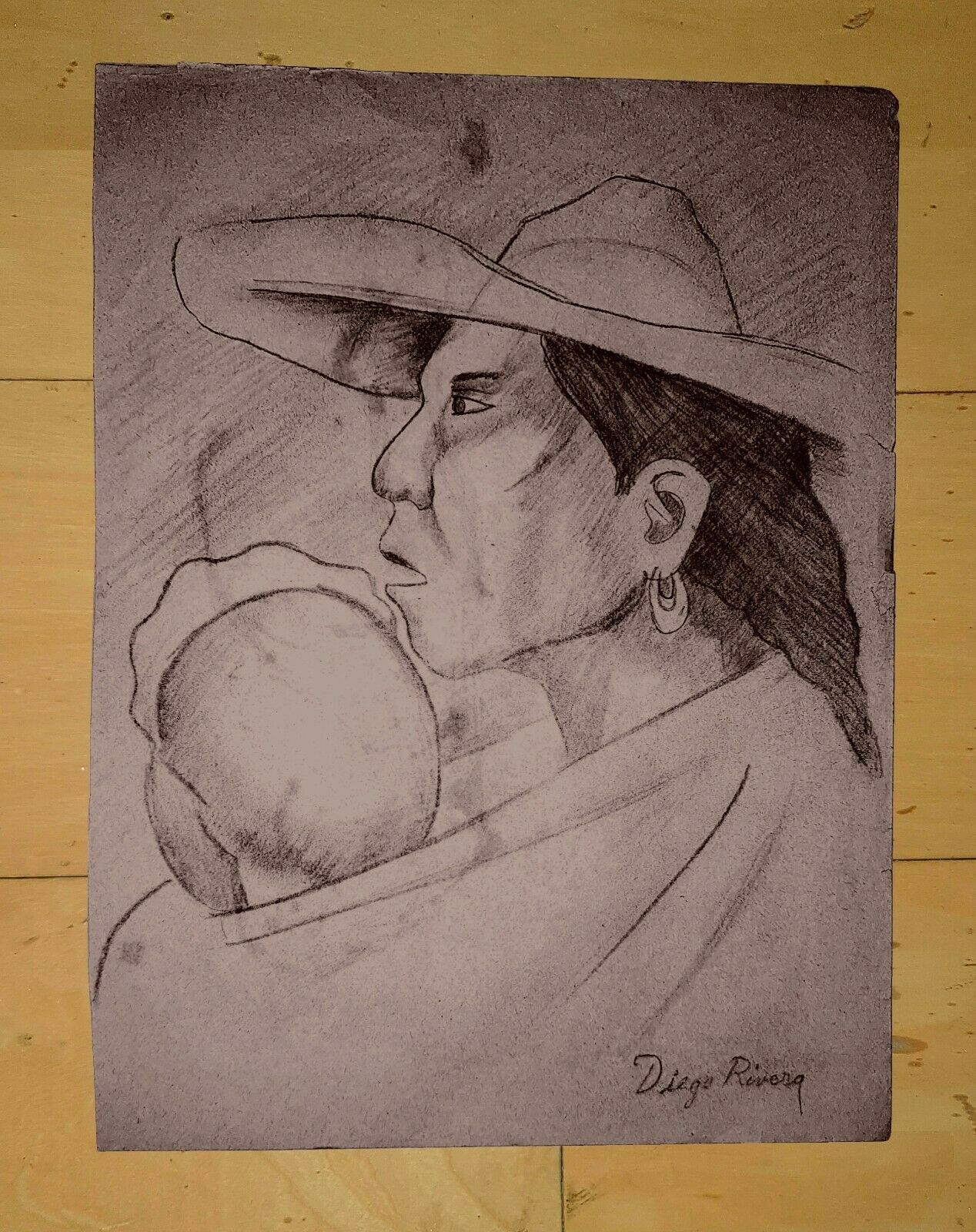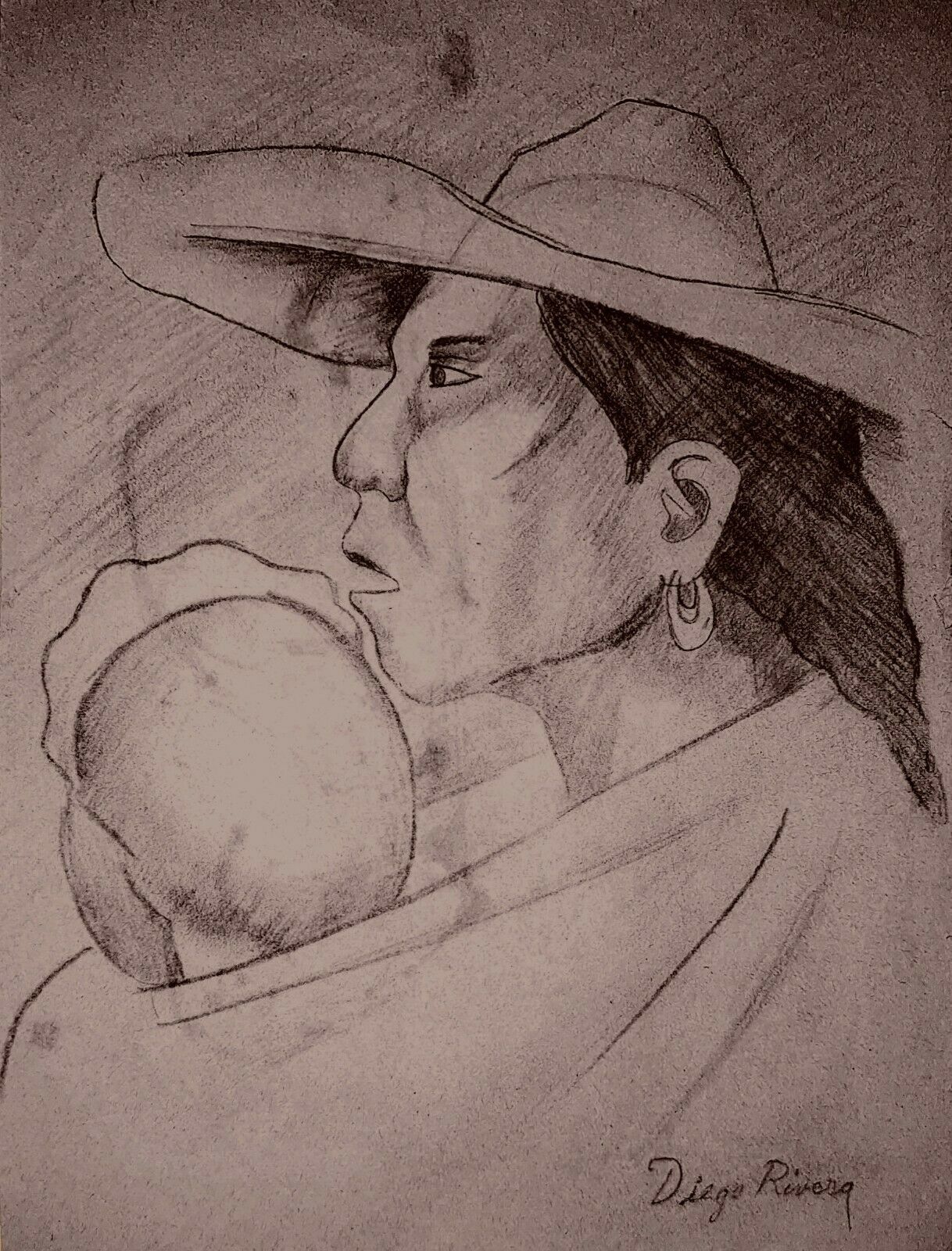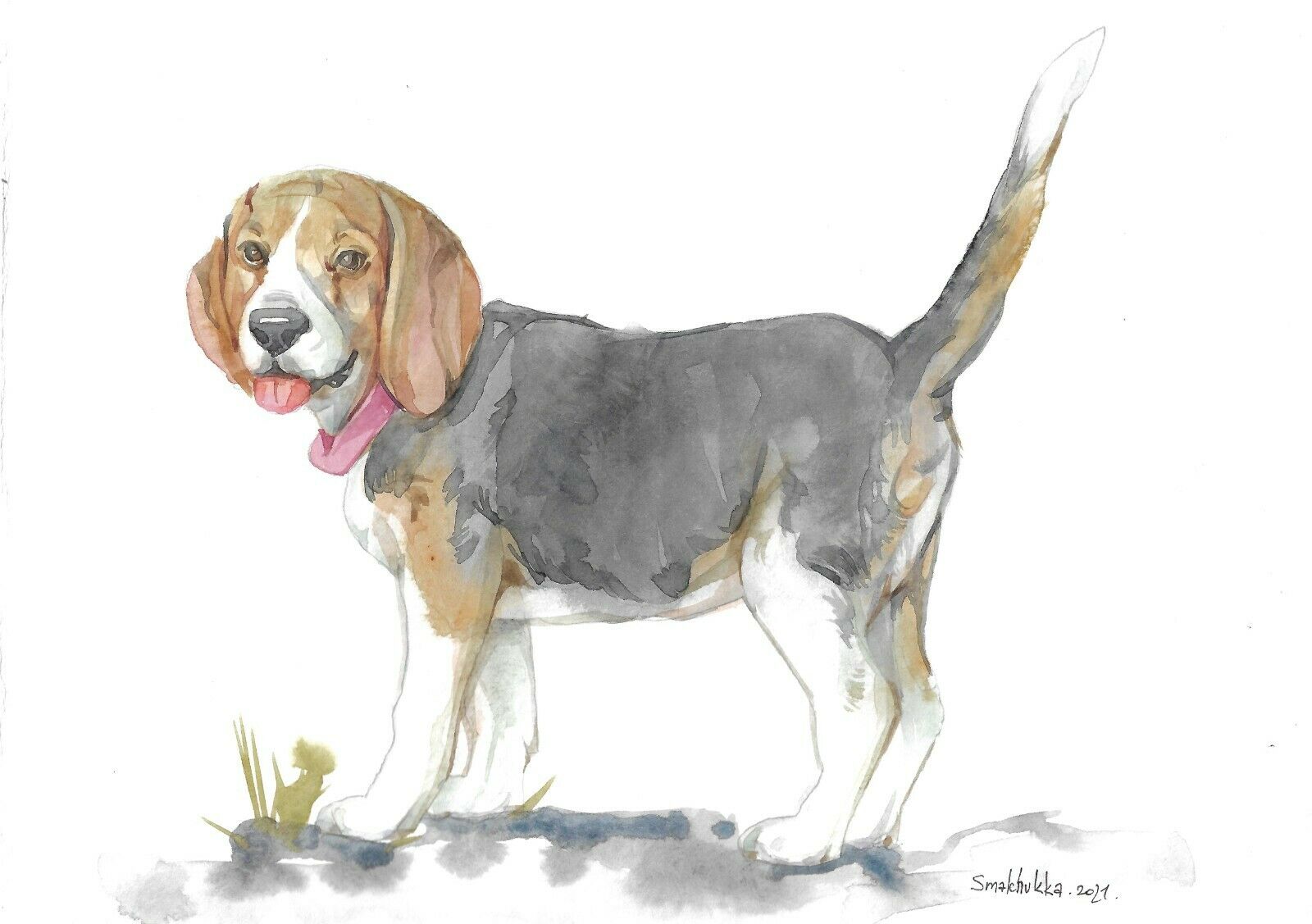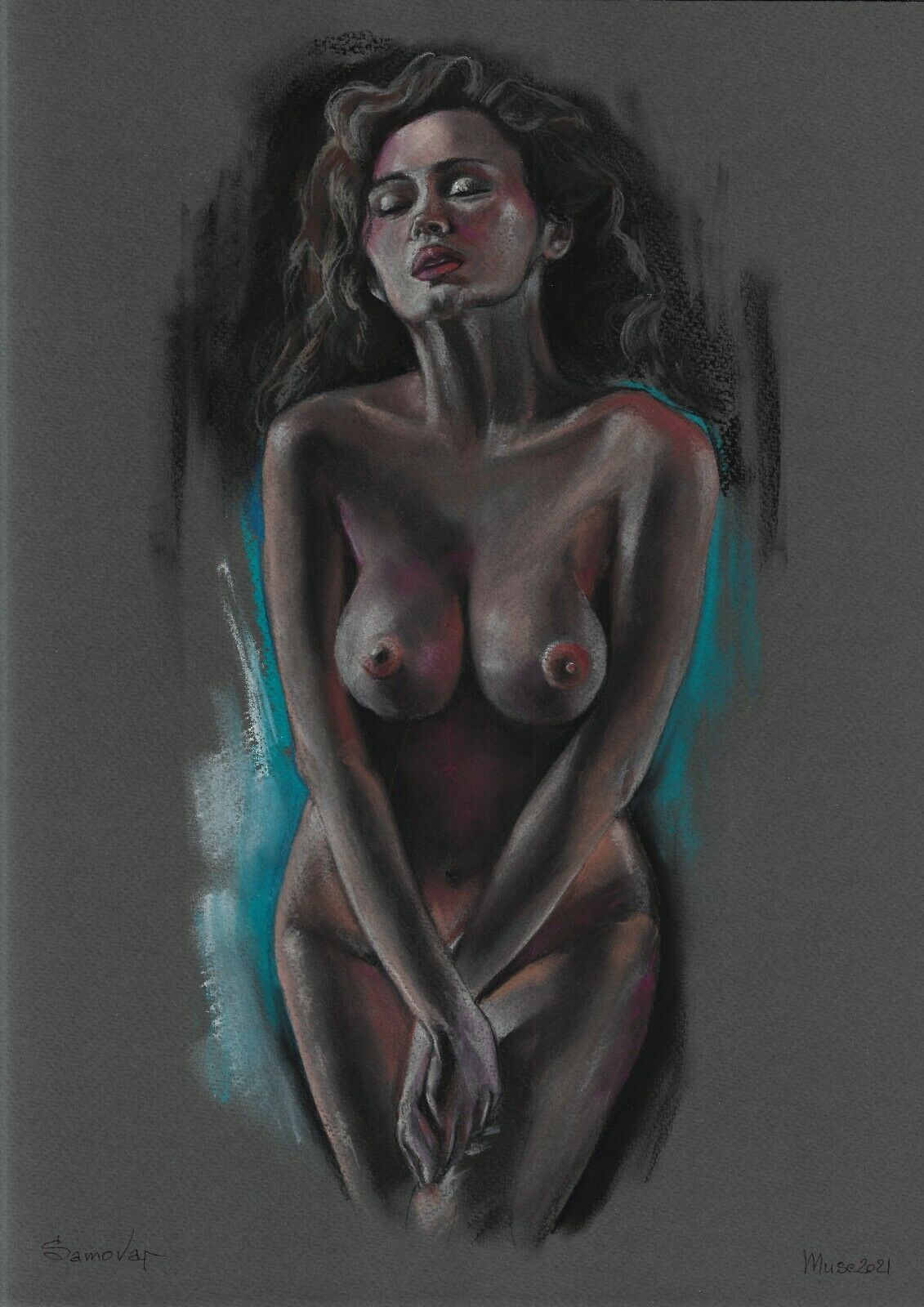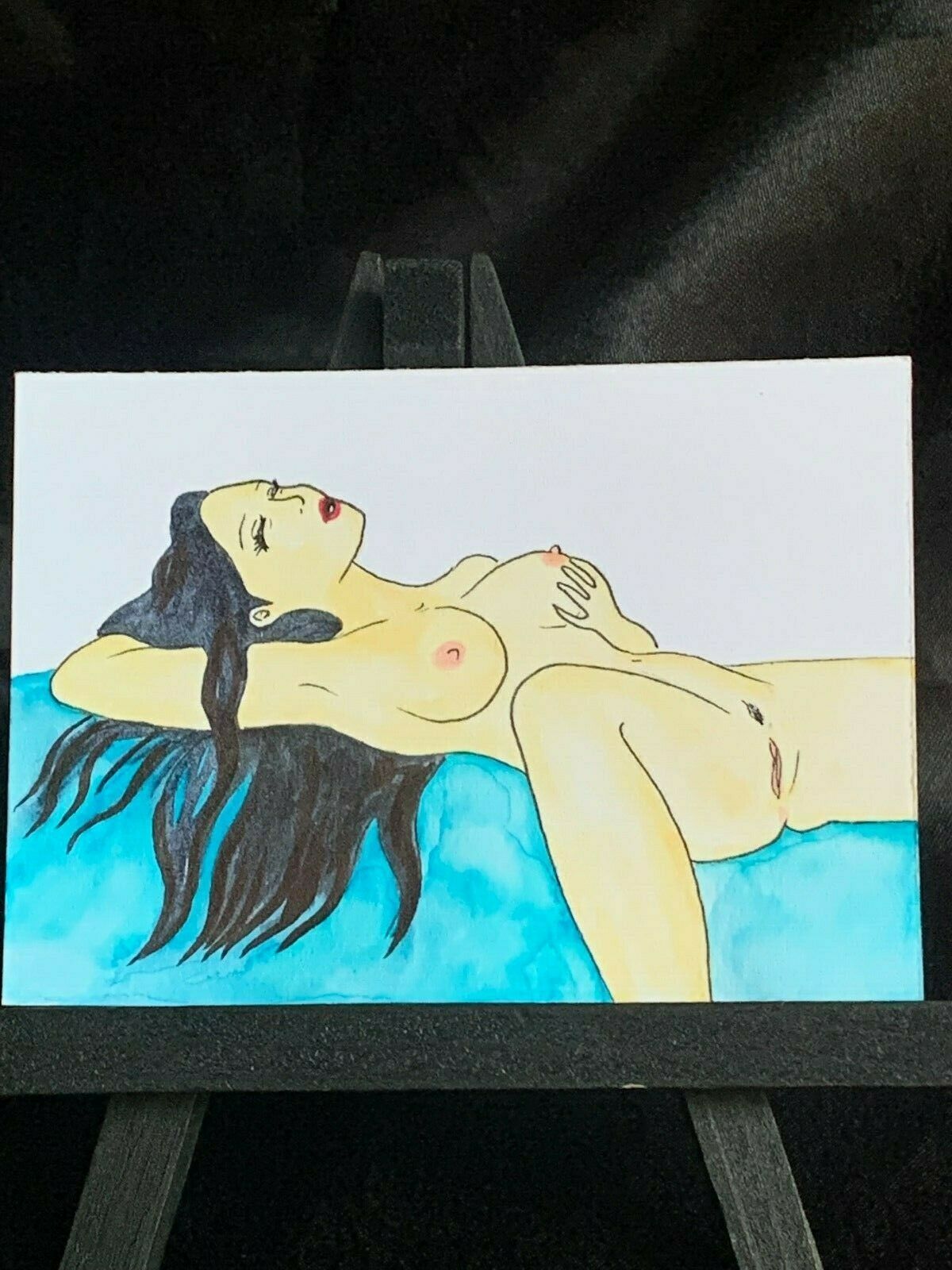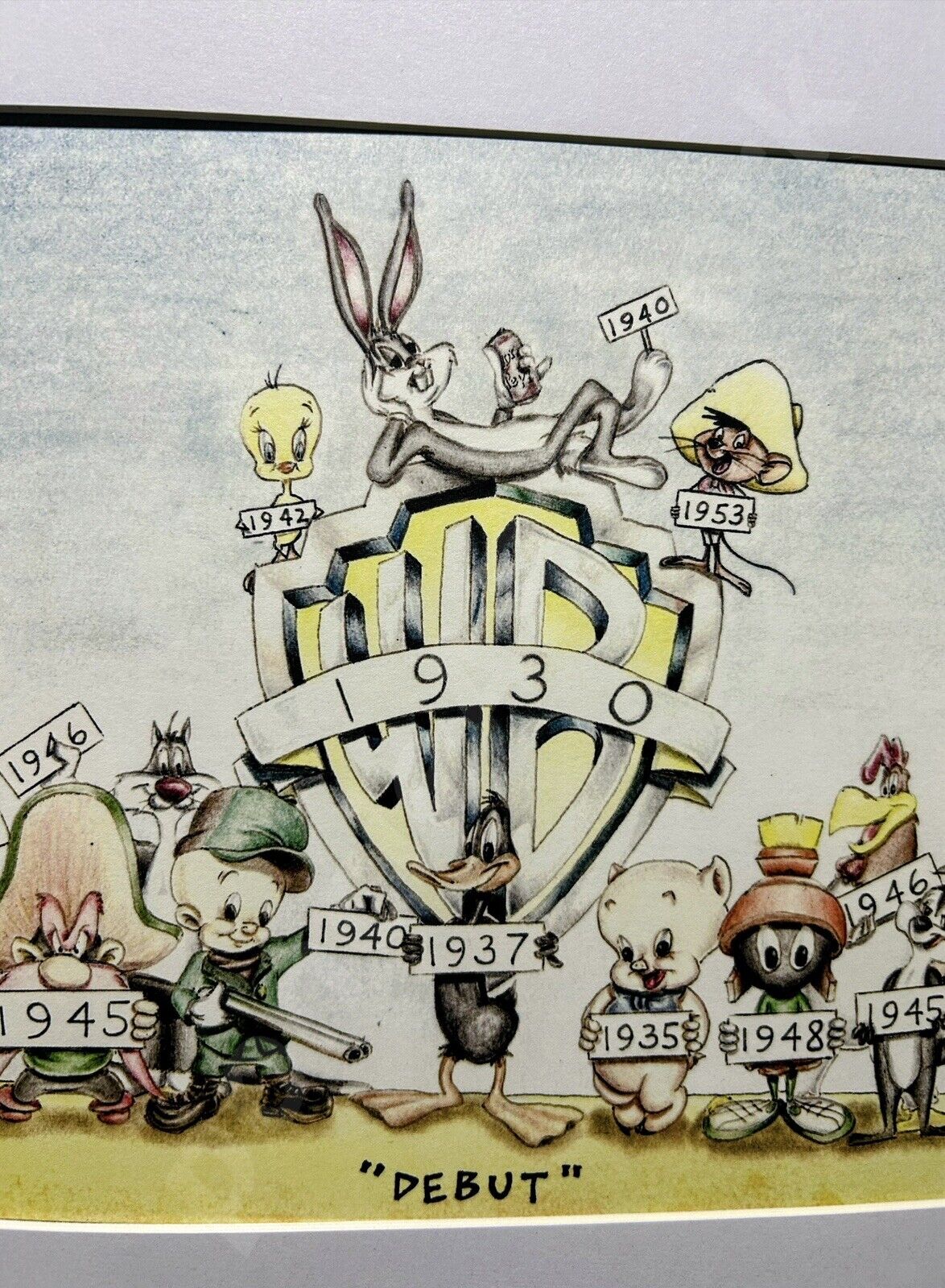-40%
DIEGO RIVERA GRAPITE ON PAPER SIGNED DRAWING
$ 788.83
- Description
- Size Guide
Description
Limited time greatOffer.!
Graphite on Paper
Signed
Diego Rivera
Beautiful art piece, its Provenance is part of a Family State Private Art Collection.
Great expression of talent and technique in this art work. It is and old art piece in auction -as is- it can show mild to severe wear, stains, tears, wrinkles due to time, humidity, a patina that gives its characteristic presence. Recent Pictures where taken of the actual art piece you will get. Photographs change colors, tone and brightness, etc. Will be fully ensured DHL Express shipped to buyer.
Latin American Master
Die
go Rivera
Diego Rivera painting sold at Sotheby's…………………..….
,000,000.00
USD
Latin America
Modern Art Evening Sale
May 17, 1995, Sotheby's Park Ave New York
Diego Rivera
1886 - 1957
born in Guanajuato, Mexico in 1886. Study painting at an early age and in 1907 moved to Paris 14 years. Rivera encountered works of great masters as Cézanne, Gauguin, Renoir, and Matisse. he was searching a form that could express the complexities of his day and reach a wide audience. He found it when he studies the Renaissance frescoes of Italy. With a vision of the future and with a strong belief in public art returned to Mexico. He was able to introduce his work the everyday people life with mural paintings done on fresh plaster in universities and public buildings to tackle themes of history and future of humanity. His work appealed to the people’s interest in the history of technology, and desire to understand progress in the growing industrial societies of the 1930s, saw the workers’ struggle as symbol of the fragile political ground were capitalism trod. A lifelong Marxist, saw it as antidote to elite walls of galleries and museums. In 1930, Rivera made the first of a series of trips that would alter the course of American painting. In November of that year, Rivera began work on his first two major American commissions: for the American Stock Exchange Luncheon Club and for the California School of Fine Arts. These two pieces firmly but subtly incorporated Rivera’s radical politics, while maintaining a sense of simple historicity. One of Rivera’s greatest gifts was his ability to condense a complex historical subject, such as the history of California’s natural resources down to its most essential parts. For Rivera, the foundation of history could be seen in the working class, lives spent by war and industry in the name of progress. In these first two commissions and all of the American murals to follow, Rivera would investigate the struggles of the working class. In 1932, at the height of the Great Depression, Rivera arrived in Detroit, where, at the behest of Henry Ford, he began a paean to the American worker on the walls of the Detroit Institute of Arts. Depicted industrial life in the United States, concentrating on the car plant workers. Though the fresco was the focus of much controversy, Edsel Ford, Henry’s son, defended the work and it remains today Rivera’s most significant painting in America. However, he did not do so well with the Rockefellers in New York City. In 1933 the Rockefellers commissioned Rivera to paint a mural for the RCA lobby in Rockefeller Center. “Man at the Crossroads” to depict the social, political, industrial, and scientific possibilities of the twentieth century, he included a scene of workers marching. It was not the subject matter that inflamed the patrons, but the portrait of Lenin leading the demonstration. When Rivera refused to remove the portrait, he was ordered to stop and the painting was destroyed. Rivera remained a central force in the development of a national art in Mexico throughout his life. In 1957, at the age of seventy, Rivera died in Mexico City. Perhaps one his greatest legacies, was his impact on America’s conception of public art. In scenes of American life on public buildings, Rivera provided the first inspiration for Franklin Delano Roosevelt’s WPA program. Both his original painting style and the force of his ideas remain major influences on American painting.
Beautiful Art Pieces for art connoisseur enthusiast to be proud of a great addition to his collection in a Close-Out Auction price. We trust the Provenance and beauty. As Christy’s or Sotheby’s disclaimers opinions are to the best of knowledge. We don’t advertise or offer C.O.A. therefore in accordance with the eBay rules, Legislative decree No. 41 of 24/01/2004, article 179, code of culture heritage is declared: -In the manner of- not: a water mark, authentic, giclée,
this art piece
is a
s described an original authentic hand signed by the author graphite on paper drawing.
